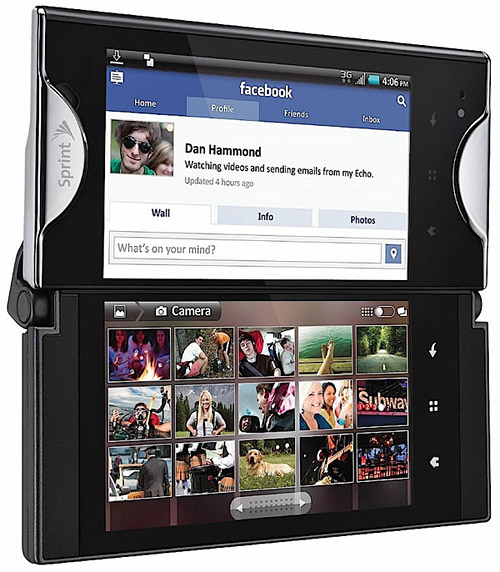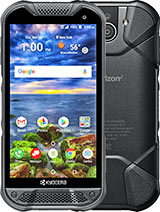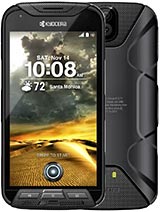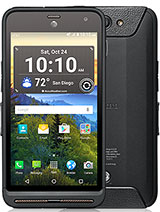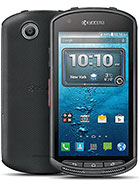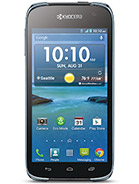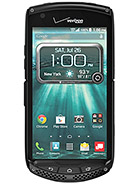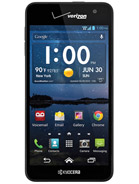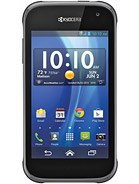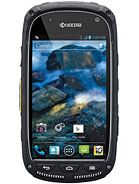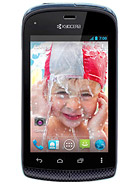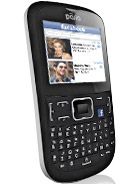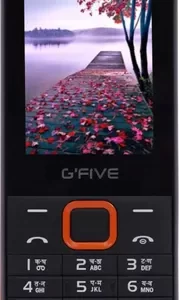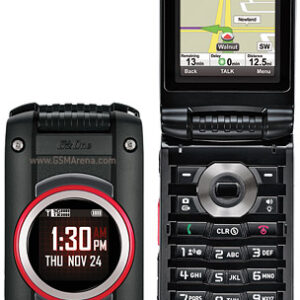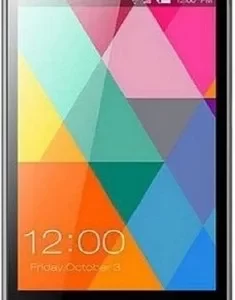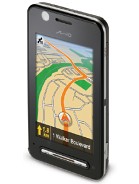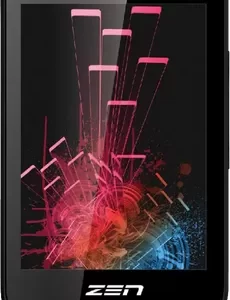Kyocera Echo Overview
The Kyocera Echo, also known as the Sprint Echo in the US, was a unique smartphone released in 2011. Manufactured by Kyocera and distributed by Sprint, it stood out from the crowd with its dual-screen design. This innovative feature offered a distinct user experience compared to traditional single-screen smartphones.
The Echo boasted two 3.5-inch LCD screens, each with a resolution of 480 x 800 pixels. This allowed for multitasking in a way that wasn’t possible on other phones at the time. Users could view emails or web pages on one screen while composing messages or browsing apps on the other. The phone ran the Android 2.2.1 Froyo operating system, which was later upgraded to Android 2.3.3 Gingerbread. While not the most powerful specs by today’s standards, it offered a functional experience for basic smartphone tasks in 2011.
Despite its innovative design, the Kyocera Echo faced challenges in the market. The dual-screen form factor was bulky and somewhat awkward to handle. Additionally, the software optimization for the two screens wasn’t always perfect, leading to some usability issues. While the Echo didn’t achieve mainstream success, it remains a fascinating footnote in smartphone history, showcasing an early attempt at a dual-screen design that paved the way for future iterations of this concept.
